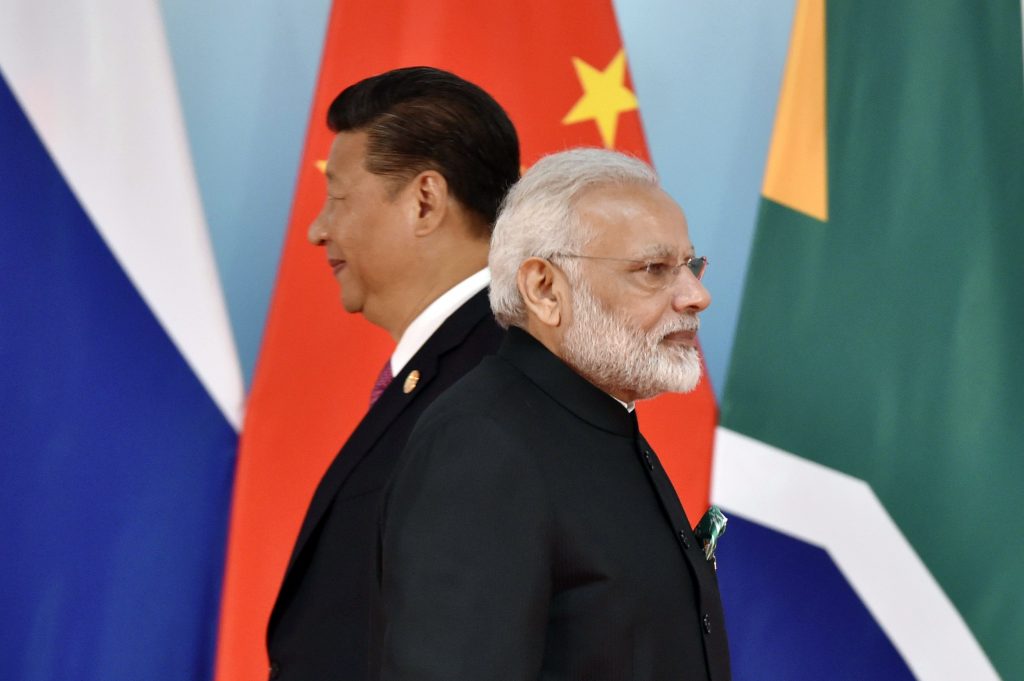Prime Minister Narendra Modi will come face to face with Chinese President Xi Jinping, albeit virtually, for the first time since the deadly clash in Galwan Valley in May in which 20 Indian soldiers were killed.
PM Modi is scheduled to share screen-time with Chinese President Xi Jinping and Pakistan PM Imran Khan during the virtual summit of the Shanghai Cooperation Organization (SCO) on Tuesday.
Since coming to power in 2014, Modi gave new momentum to India-China ties. He travelled to the Chinese city of Wuhan in April 2018 for the first Informal Summit with the President Xi.
The two leaders agreed to push forward bilateral trade and investment in a balanced and sustainable manner by taking advantage of complementarities between the two economies. They also discussed ways to promote greater cultural and people-to-people exchanges and agreed to explore establishing new mechanisms in this direction.
The Wuhan Summit was followed by the second informal summit in Mamallapuram near Chennai where the two leaders announced a ‘new era of cooperation’ between the two countries. However, with the deadly Galwan Valley clash and the border standoff that followed, the ties between the two countries have come to a standstill.
In the aftermath of the border clash, China moved thousands of soldiers and equipment close to the LAC and even intruded into Indian territory at Pangong Tso, Galwan Valley, Hot Springs Area, Gogra Post and Depsang Plains.
While the Chinese have withdrawn from the Indian territory of Galwan Valley, they remain in strength at all the other places.
India, too, has gone in for mirror deployment and inducted over 30,000 additional troops and equipment at eastern Ladakh. India, it is being said, has put the services – Army and IAF – on full operational alert.
Despite several rounds of dialogue, the situation at the border remains tense, with both sides set to deploy soldiers in Ladakh’s forward areas through the region’s bitter winter, something that has never been done before.
India’s Defence Minister Rajnath Singh met his Chinese counterpart General Wei Fenghe in Russia in September, marking the first direct face-to-face talks between the political leadership in New Delhi and Beijing since border tensions began early May.
The foreign ministers of SCO met in person in Moscow, where External Affairs Minister S. Jaishankar held a meeting with his Chinese counterpart Wang Yi to discuss the border stand-off.
However, these meetings seem to have failed to achieve any major breakthrough and our soldiers are freezing at minus 20 degrees Celsius altitude because of failed military and political leadership that has taken upon itself the task of sorting out matters through dialogue.
In the meanwhile, India retaliated by banning a few Chinese apps and announced a series of measures to prevent the harsh takeover of Indian firms by the Chinese and checkmate Chinese investments in the country. Tensions between New Delhi and Beijing are already having economic impact for India. It is necessary that the SCO be used as a zone of convergence that, hopefully, pulls India and China back from the brink of conflict. However, current political trends, as is seen in the recent utterance by India’s Chief of Defense Services Rawat, point in the opposite direction.
